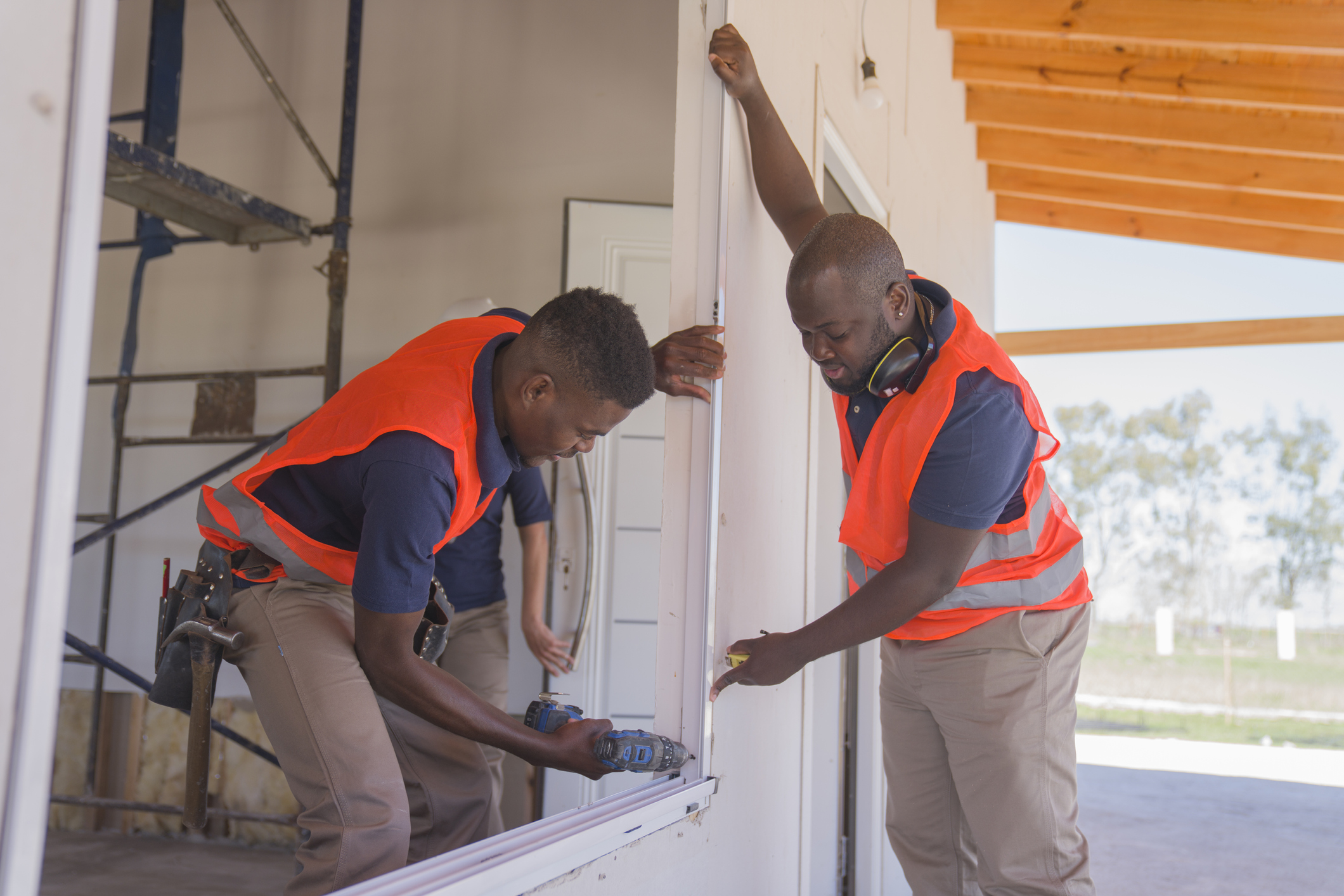The rapid advance of generative artificial intelligence in the manufacturing industry could potentially affect blue-collar and physical labor jobs.
A Goldman Sachs analysis earlier this year found that a new wave of AI systems could “expose 300 million full-time jobs to automation.”
A major concern for the potential displacement of workers still looms as AI automates certain tasks, enhances safety measures, and increases overall productivity. Among the positions at risk from automation include factory workers, welders, nuclear technicians, elevator installers, and subway operators.
Businesses should consider the impact on the workforce and implement strategies to mitigate these risks. For example, Gen AI models can act as a “digital twin” for a production line or plant, according to Ed Watal, founder and principal of IT strategy firm Intellibus, and can cut down operation costs.
“As Gen AI gets applied to computer vision and becomes more multi-modal, allowing people to upload an image or video and ask questions about it, more blue-collar jobs will be at risk,” Watal said.
Here are some examples of how AI has integrations into blue-collar jobs.
- Manufacturing: Human errors in manufacturing can be catastrophic and costly. AI-powered machines are designed to work 24/7 without fatigue, leading to higher production rates and improved product quality control. These machines perform repetitive tasks such as assembly line operations.
- Logistics: While AI-powered robots can efficiently sort, pick, pack, and organize inventory, AI algorithms also optimize delivery routes, reduce transportation costs, and improve supply chain management. From traffic conditions to weather, and delivery schedules, AI-powered systems can analyze large amounts of data. With the rise of cutting-edge technologies, humans remain at the center of transportation.
- Construction: Today’s construction sites are integrating more tech, and AI that analyzes data faster and with more insight is in high demand. It could deliver improvements to energy usage and carbon calculations. AI deploys building-enabled drones and robots to ensure on-site safety and security. From performing site inspections and hazardous tasks to monitoring progress, drones are also equipped with AI algorithms to capture high-resolution images and videos of construction sites.
On the other hand, economist David Autor found that 60% of today’s workers are employed in occupations that didn’t exist in 1940. “This implies that more than 85% of employment growth over the last 80 years is explained by the technology-driven creation of new positions,” according to Goldman Sachs economists.
Mike Rowe, the host of “Dirty Jobs” and “How America Works,” previously told Entrepreneur that “for people who master a skill that’s in demand and watch their trajectory, you’re going to find they land at something that looks an awful lot like prosperity.”
RELATED CONTENT: Goldman Sachs Announces $2.1 Billion Investment With One Million Black Women Initiative
